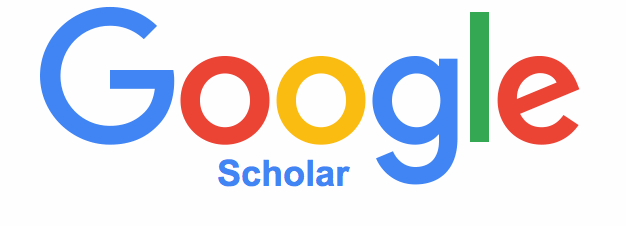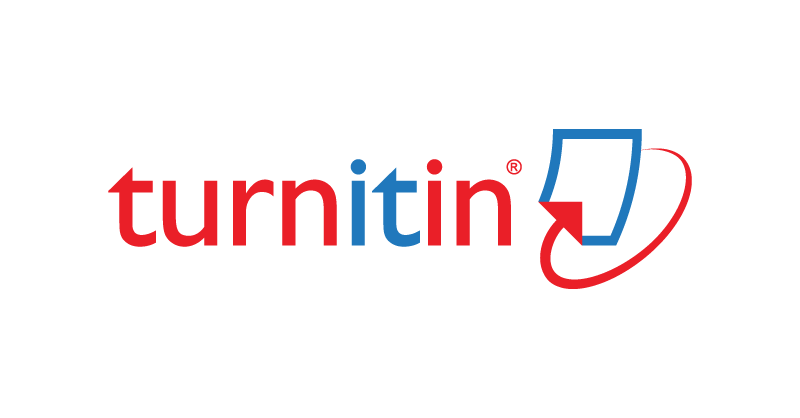Proposed Design of Sewing Process Improvement to Minimize Polyester Technical Sportswear Product Defect at PT. X Based on The DMAIC Method Approach
DOI:
https://doi.org/10.32734/jsti.v25i1.9204Keywords:
Sewing, Blunt Needle, DMAIC, Reverse EngineeringAbstract
Various companies want to improve product quality and process speed for customer satisfaction in the current era, including PT. X. Problems at PT. X is the number of defects that exceed the company's tolerance limit. The methodology used is a structured DMAIC method to identify the root causes of defects and resolve them. This study aimed to reduce defects in sportswear products caused by problems in the sewing process. The results showed that the problem in the sewing process was due to the process performance that still did not meet the standard process requirements, so the resulting output did not match the company's specifications. Therefore, it is necessary to design an alarm timer integrated with the sewing machine to minimize the frequency of defects in the sewing process. The design of the alarm timer uses the Reverse Engineering design method, which can minimize defects in the sewing process and increase the capability of the PT. X process.
Downloads
References
A. Mitra, “Fundamentals of Quality Control and Improvementâ€, Canada: John Wiley & Sons, Inc. 2016
J. Antony, S. Vinodh, and E. V. Gijo, “Lean Six Sigma for small and medium-sized enterprises: A practical guideâ€, CRC Press. 2017.
T. Stern, “Lean Six Sigma International Standards and Global Guidelines Second Editionâ€, Boca Raton, Florida: CRC Press Taylor & Francis Group. 2016
Gulf Sportwear, “Buku Laporan Akhir Tahunan Perusahaanâ€, 2021
C. R. I. Abi Cahyono, M. Y. Lubis, and Y. Nugrahaini, “Perancangan Usulan Perbaikan Proses Padding Pada Produksi Cotton Carded 24S Di PT XYZ Dengan Pendekatan DMAIâ€, eProceedings of Engineering, Vol. 8, No. 5. 2021.
W. Zhan, and X. Ding, “Lean Six Sigma and Statistical Tools for Engineers and Engineering Managersâ€. New York: Momentum Press Engineering. 2016.
E. V. Gijo, J. Scaria, and J. Antony, “Application of Six Sigma methodology to reduce defects of a grinding processâ€, Quality and reliability engineering international, vol. 27, no. 8, pp. 1221-1234. 2011.
M. K. Hassan, “Applying lean six sigma for waste reduction in a manufacturing environmentâ€, American Journal of Industrial Engineering, Vol. 1, No. 2, pp. 28-35. 2013.
P. Jirasukprasert, J. A. Garza-Reyes, V. Kumar, and M. K. Lim, “A Six Sigma and DMAIC application for the reduction of defects in a rubber gloves manufacturing processâ€, International journal of lean six sigma. 2014.
H. S. Sodhi, D. Singh, and B. J. Singh, “An empirical analysis of critical success factors of Lean Six Sigma in Indian SMEsâ€. International Journal of Six Sigma and Competitive Advantage, vol. 11, no. 4, pp. 227-252. 2019.
J. Antony, “Six sigma for service processesâ€. Business process management journal. 2006
A. M. Ifrim, G. E. BiÅ£an, D. Maier, and T. E. FogoroÅŸ, “Improving the performance of organizational innovation processes by applying the Six Sigma methodologyâ€, In Proceedings of the International Conference on Business Excellence. Vol. 14, No. 1, pp. 1098-1108. 2020.
R. I. Abi Cahyono, M. Y. Lubis, and Y. Nugrahaini, “Perancangan Usulan Perbaikan Proses Padding Pada Produksi Cotton Carded 24s Di Pt XYZ Dengan Pendekatan DMAIâ€, eProceedings of Engineering, vol. 8, no. 5. 2021.
N. Anwer, and L. Mathieu, “From reverse engineering to shape engineering in mechanical designâ€. CIRP Annals - Manufacturing Technology, Vol. 65, No. 1, pp. 165–168. 2016. https://doi.org/10.1016/j.cirp.2016.04.052.
K. N. Otto, and K. L. Wood, “Product Evolution: A Reverse Engineering and Redesign Methodologyâ€. Research in Engineering Design. Vol. 10, pp. 226– 243. 1998. https://doi.org/10.1007/s001639870003.
M. Sya’roni, and H. Suliantoro, “Analisis Pengurangan Defect Produksi Dengan Menggunakan Metode Six Sigma Pada Unit Painting Smartphone Merk Polytron (Studi Kasus pada PT. Hartono Istana Teknologi Kudus)â€. Industrial Engineering Online Journal, vol. 7, no. 4. 2019.
W. Zhan and X. Ding, “Lean Six Sigma and Statistical Tools for Engineers and Engineering Managersâ€. New York: Momentum Press Engineering. 2016.
Z. Abbas, H. Z. Nazir, N. Akhtar, M. Abid, and M. Riaz, “On designing an efficient control chart to monitor fraction nonconformingâ€, Quality and Reliability Engineering International, vol. 36, no. 2, pp. 547-564. 2020.
W. Parasdiasari, W. Wiyono, and H. Lalu, “Rancangan Konsep Usulan Timer Peringatan Untuk Meminimasi Defect Jahitan Rusak Pada Proses Sewing Di PT XYZ Dengan Menggunakan Metode Quality Function Deploymentâ€, eProceedings of Engineering, vol. 8, no. 2. 2021.
A. Lesmana, Kusnayat, and M. Rahayu. “Perancangan Alat Pengangkut Bahan Bakar Kayu Custom Menggunakan Pendekatan Reverse Engineering (studi Kasus PT. XYZ),†eProceedings of Engineering. Vol. 4, No. 2. pp. 2843–2849. 2017.
P. N. Golder, and D. Mitra, “Handbook of research on new product developmentâ€. Edward Elgar Publishing. 2018.
K. T. Ulrich, and S. D. Eppinger, “Concept selectionâ€. Prod Des Dev 5th Ed Phila McGraw-HillIrwin, Vol. 1, pp. 145-61. 2012.
C. T. Carroll, “Six Sigma for Powerful Improvement: a Green Belt DMAIC Training System with Software Tools and a 25-Lesson Courseâ€. CRC Press. 2013.
Downloads
Published
How to Cite
Issue
Section
License
Copyright (c) 2023 Jurnal Sistem Teknik Industri

This work is licensed under a Creative Commons Attribution-ShareAlike 4.0 International License.
The Authors submitting a manuscript do so on the understanding that if accepted for publication, the copyright of the article shall be assigned to TALENTA Publisher Universitas Sumatera Utara as the publisher of the journal.
Copyright encompasses the rights to reproduce and deliver the article in all forms and media. The reproduction of any part of this journal, its storage in databases, and its transmission by any form or medium will be allowed.



















